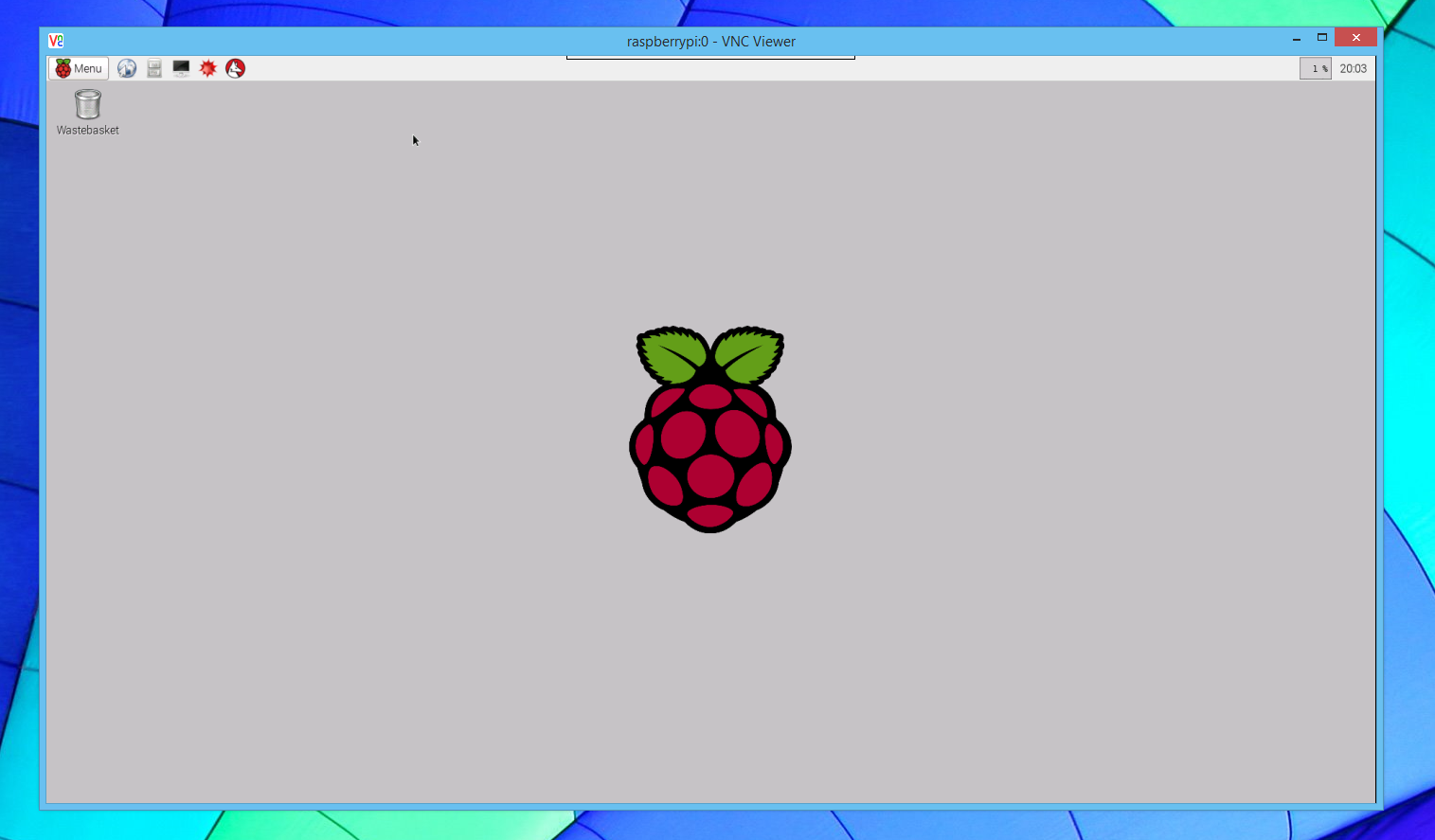

VNC is a graphical desktop sharing system that allows us to remotely control the desktop interface of our RPI (running VNC Server) from another computer or mobile device (running VNC Viewer). Enter the IP address of your Raspberry Pi followed by the port (:) 1 in the field that says VNC server. We are going to use a VNC provider for that.
#USING VNC VIEWER WITH RASPBERRY PI HOW TO#
Now that you know how to ssh into the RPI, we need to use it in GUI mode. There’s only a single step remaining to get in to your RPI’s desktop environment. Ssh default settings, the password would be just raspberry You can wither use PuTTY if you are on windows or your terminal on a *nix system. Now, copy the IP of your RPI Step 3 - SSH in to your RPI (Headless mode) You need to find the connected list of devices of your router. Normally you can head over to 192.168.1.1 or if you are using a NETGEAR router. Give it a minute to settle down.Īfter that, we need to find the local IP of our RPI for us to be able to SSH into it. We need to connect the RPI to the router with an ethernet cable (RJ45) and boot it up. Enabling VNC Server You can enable VNC Server at the. Then input sudo apt-get install realvnc-vnc-server realvnc-vnc-viewer 3. Safely eject, unplug the microSD card and chuck the microSD card in to the RPI’s slot. Steps to connect via VNC Type sudo apt-get update 2. For us to be able to connect via ssh later, we need to create an empty file called ssh at the root of the drive (without any extension). Now, open the microSD drive in your Windows Explorer or Finder. Don’t do that 😀 Otherwise, you will find yourself doing this step over and over again.

If not, you can install it and turn it on by.
#USING VNC VIEWER WITH RASPBERRY PI FOR FREE#
Download VNC Viewer for Raspberry : VNC Connect comes packed in for free with the most recent versions of the Raspberry Pi operating system.If you already have that, you can skip this part. If you are using Windows, it will ask you to format the drive when opened with Windows Explorer. There are a number of VNC server applications, and the one we are going to use is called VNC Viewer. I used balenaEtcher since it was pretty straight forward to use. Once you have got the ISO downloaded we need to flash it to a microSD card. I would recommend selecting “with Desktop” option if you are planning to use it with a window manager. To use the software, it must first be downloaded and then installed. My choice of OS for the RPI is Raspbian since it’s easy to get started with and comes with a lot of tools out of the box. Also called VNC viewer Of course, the Raspberry Pi can also run a VNC viewer, allowing you to connect to other Raspberry Pis or other computers. On the official website of realvnc, download VNC Viewer.


 0 kommentar(er)
0 kommentar(er)
